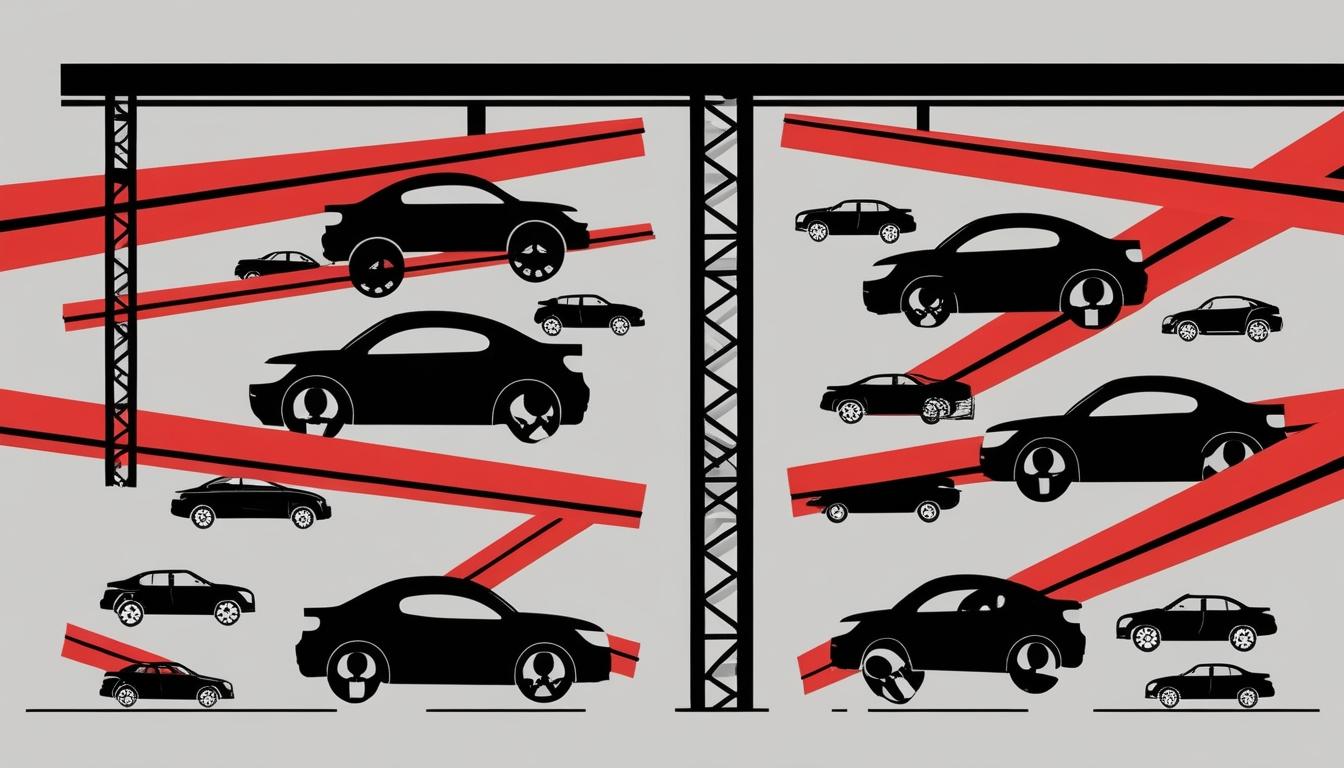The automotive and steel industries in North America are poised for a transformation, with varying demand forecasts for steel across the region. According to AutoForecast Solutions, based in Pottstown, Pennsylvania, the growth in steel demand is anticipated to differ significantly among the three major markets: a modest increase in the United States, stagnant demand in Canada, and a more optimistic outlook with a forecasted 4% increase in Mexico.
The rising expectation surrounding the incoming administration of President Donald Trump has stirred optimism among some observers, particularly concerning the resurgence of the manufacturing sector and steel industry in the U.S. However, Phil Gibbs, a metal equity research analyst at KeyBanc Capital Markets in Cleveland, Ohio, indicated that immediate substantial changes in production and consumer demand within the automotive sector are unlikely. “I don’t think we’re anticipating a material change in production and consumer demand," he stated.
Gibbs noted that a positive development occurred in late 2024 when U.S. dealer inventories dipped to approximately 57 days' supply, nearing the typical 60-70 days. This inventory level suggests a requirement for automakers to align production with consumer demand. Despite fluctuations in the market, some manufacturers like Stellantis, which produces Chrysler and Jeep vehicles, have significantly reduced their production plans in response to excessive inventory levels. According to Sam Fiorani, vice president of global vehicle forecasting at AutoForecast Solutions, Stellantis’s adjustments brought output more in line with actual demand.
In contrast, Nissan's financial troubles have led to substantial workforce reductions and production cuts amidst sluggish sales in both China and the U.S. This situation raises concerns about potential plant closures, although no such actions have been confirmed so far.
In the backdrop of shifting automotive production dynamics, the momentum for electric vehicles (EVs) is projected to decelerate. The anticipated policies from the Trump administration may curtail or eliminate existing federal tax incentives that benefit EV sales, potentially mitigating market expansion.
As consumer sentiment in the U.S. is expected to improve slightly in 2025, affordability issues are projected to persist. Many potential buyers experience difficulty meeting the financial demands of both high new car prices and elevated auto loan interest rates, currently hovering around 8-9%, compared to previous lower rates seen before the pandemic.
An increasing number of consumers are choosing to retain their vehicles for longer periods, influenced by the enhanced durability and quality offered by manufacturers. The average age of vehicles on U.S. roads reached a record high of 12.6 years in 2024, contributing to subdued demand for new cars.
Looking ahead, U.S. domestic production of light vehicles is forecast to reach 10.33 million in 2024, with a slight increase to 10.45 million anticipated for 2025. However, the production of more affordable vehicles remains a gap in the market. Fiorani noted a notable scarcity in low-end models under $30,000, causing buyers to gravitate towards used vehicles instead.
The sentiment among auto dealers has fluctuated, with the latest Cox Automotive Dealer Sentiment Index showing an increase of optimism, rising from 40 in the third quarter to 42 in the fourth quarter. Nonetheless, this remains below the neutral point of 50 on the index. High interest rates and economic uncertainty continue to be significant concerns affecting dealer sentiment.
In terms of steel demand, it plays a crucial role in the automotive sector, accounting for about 20-25% of the overall demand for steel products. Gibbs highlighted that the automotive sector is a substantial consumer of galvanized and cold-rolled sheet steel, which makes up 54% of materials used in producing both internal combustion and electric vehicles.
Steel market participants are cautiously optimistic about the outlook for 2025, with anticipated improvements in automotive production potentially driving an increase in steel prices. Reports indicate that purchasing activity has begun to rise following November's presidential election results, with expectations for further growth into the new year.
In Mexico, the automotive industry is experiencing a production boom, with estimates suggesting output could reach 3.97 million vehicles in 2024 and increase to 4.13 million in 2025. The Mexican Automotive Industry Association anticipates that the country will become the fifth-largest global auto producer by 2025.
The interplay of tariffs under the Trump administration could greatly influence the automotive and steel markets. A potential 25% tariff on Mexican imports has been suggested should the country not adequately address immigration and drug-related concerns. Mexican President Claudia Sheinbaum has hinted at retaliatory tariffs if such measures are enacted, underscoring the complexity of trade relations within North America.
As the steel industry gears up for potential changes, Canadian stakeholders are also wary of the possible ramifications of U.S. tariffs, which could disrupt the tightly interwoven trade relationships in the region. The three nations signatory to the United States-Mexico-Canada Agreement (USMCA) will ultimately need to navigate these negotiations and resolve any disputes that arise.
Overall, the outlook for both the automotive and steel sectors in North America is marked by significant shifts, reflecting a complex interplay of production dynamics, economic conditions, consumer behaviours, and political influences.
Source: Noah Wire Services
